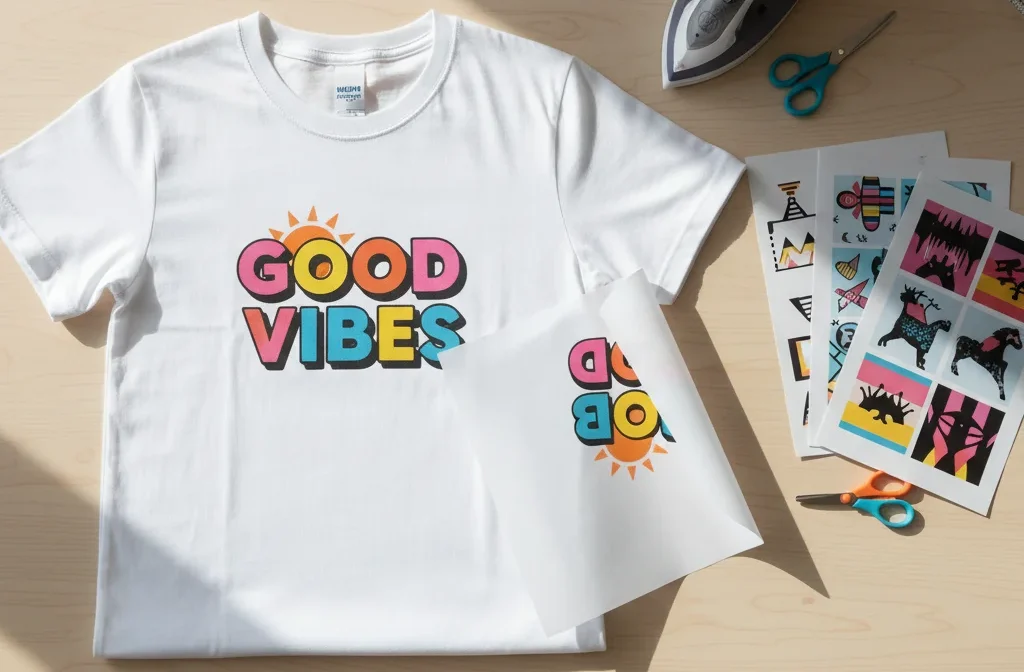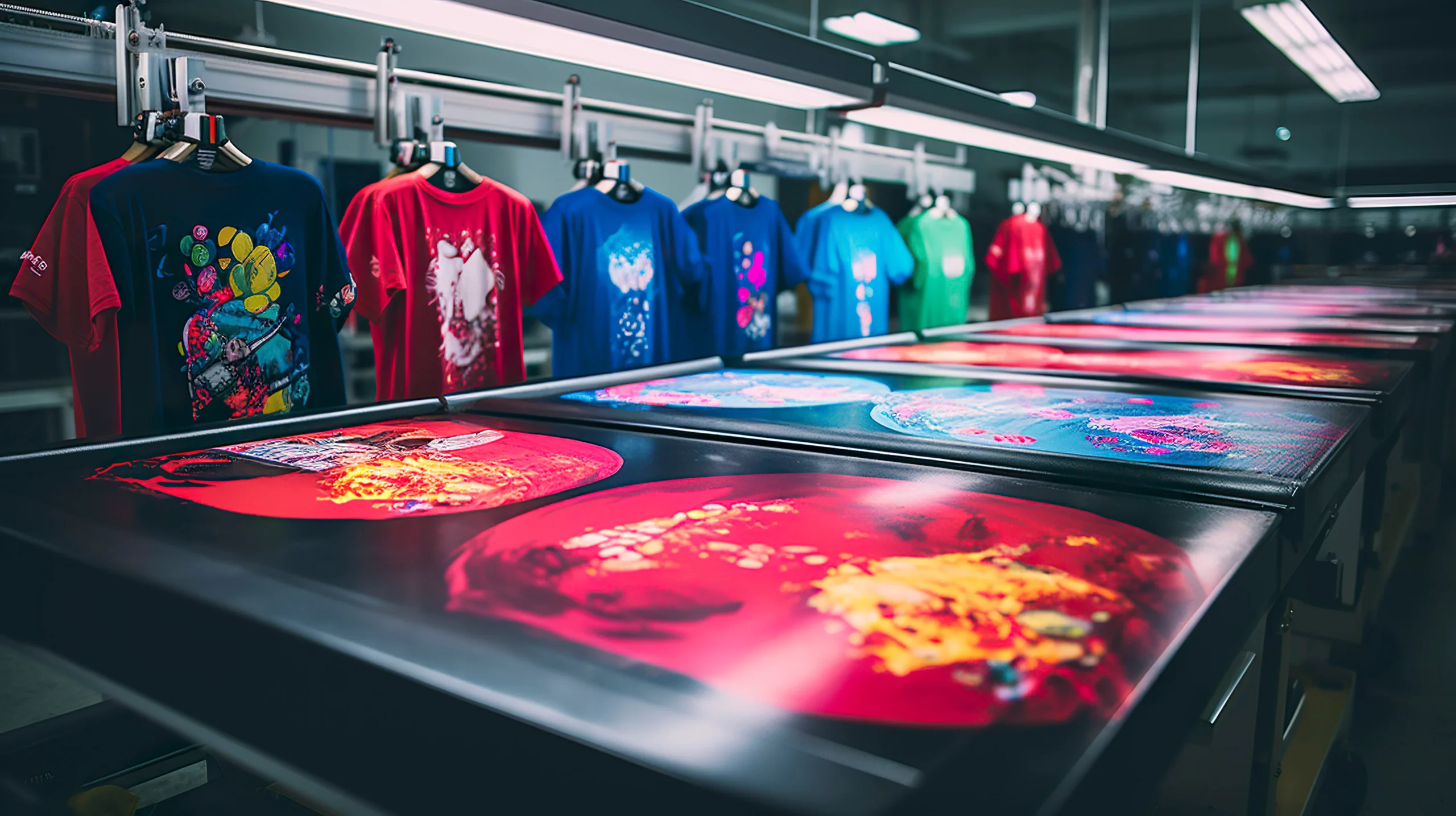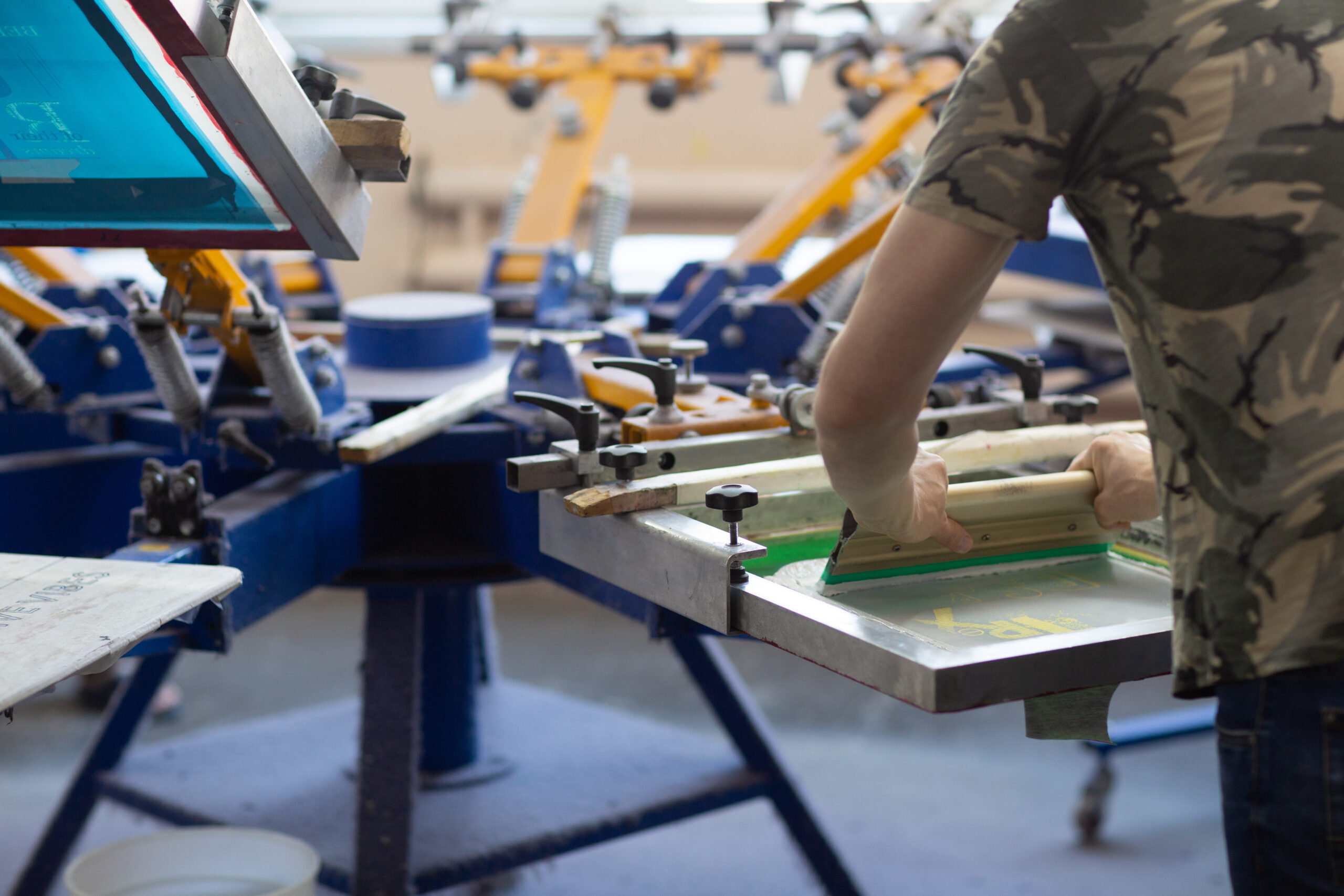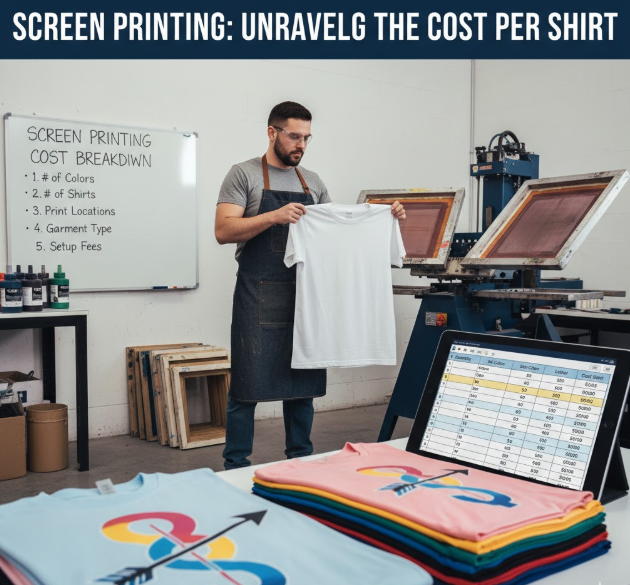Screen printing is among the most well-known and trustworthy techniques for producing high-quality and durable prints on fabrics, paper or various other types of materials. It doesn’t matter if you’re in the business of producing garments that are custom-designed or you’re someone who is experimenting with designs it is common to come to mind: how long does screen printing take to dry?
Drying time is a crucial stage in the process of screen printing that has a direct impact on the durability of prints, their quality as well as the overall appearance. Knowing how to dry your prints will ensure that the longevity of your prints and keep their clean and professional appearance. Learn more about the drying process, what elements affect it, and the best way to achieve flawless prints each time.
Understanding How Long Does Screen Printing Take to Dry
The time to dry for screen printing is dependent on a number of variables, such as the ink’s type, curing technique as well as the environmental conditions. In general, screen-printed ink takes from a couple of minutes to a few hours to completely dry dependent upon whether you’re drying it by air or applying heat to cure your ink.
Two Primary Drying Processes in Screen Printing
Air Drying Method
When working on water-based or plastisol inks then air drying is the simplest technique. It’s however, the most slow. Air drying times is between 24-48 hours dependent on the conditions of humidity and temperature.
Heat Curing Method
Printers who are professionals usually prefer heating due to the fact that it accelerates drying times and guarantees the longevity of ink. With a heat press flash dryer or conveyor dryer, plastisol-based inks are able to dry in 30-seconds to a minute with temperatures of around 300°F (160°C). Inks that are water-based, by contrast will require a bit longer time and smaller heat settings.
Factors That Affect Screen Printing Drying Time
If you are thinking about how long does screen printing take to dry, it is crucial to realize that a variety of factors affect the total time.
1. Type of Ink Used
Plastisol Ink: It’s the most popular type of ink used for screen printing. It’s not air-dry which means it remains in a state of being wet until it’s been heat-cured. When it’s cured, at 320°F it is durable and pliable.
Water-Based Inks: These inks dry faster when exposed to temperatures or airflow, however they will require longer drying in humid conditions. In general, they require curing at 300°F for around one to two minutes.
Discharge Ink: This kind of chemically strips dye from fabric and replaces it by a new color. The typical cure time is between 320°F and 1.5 minutes.
2. Fabric or Surface Type
The substrate on which the print is printed could affect drying times. Fabrics made of cotton absorb ink better and dry quicker, whereas polymers, like nylon, might require more heating or a longer time for the printing to be set properly.
3. Temperature and Humidity
The higher temperature and the lower humidity levels encourage faster drying. If your prints are drying in the air be sure that the area you’re working in is adequately ventilated and is warm. Dry, cold areas delay the drying process and may result in the prints becoming uneven or stained.
4. Thickness of Ink Application
A thick coating of ink might look appealing, however it may slow down drying process. The thinner layers don’t just dry more quickly, but also stick more effectively with the material.
5. Equipment Used
Utilizing the use of a conveyor dryer, flash dryer or the heat press will drastically cut down drying times compared to air drying. Every device allows the same heating and ensures each part of the print have been properly dried.
How to Speed Up Screen Printing Drying Time
If you’re a company owner or dealing with large orders, speed of drying is vital. There are several tested methods for reducing the amount of time you wait for your order while still delivering excellent results.
Make use of a flash dryer: A flash dryer will dry plastisol ink within less than one minute through maintaining the same heating distribution.
Cure using a Heat Press: For smaller or more detailed prints with a heat press, this method assures uniform curing, and also helps to maintain the print’s quality.
Enhance Air Circulation: Utilize dehumidifiers or fans to increase airflow within your work area. Water-based inks are able to dry more quickly.
Do not stack wet prints: Always let prints dry completely prior to stacking them or folding, to prevent the prints from smudging.
Check for proper curing: Before mass production make sure you conduct an examination of stretch. If the ink cracks, or peels, the ink hasn’t sufficiently cured for a long time.
When you combine the right techniques with efficient equipment, you will speed up production while printing lasting and professional.
Professional Drying and High-Quality Screen Printing Services in USA
If you are looking for flawless outcomes without having to worry about controlling temperature and timing think about using High-Quality Screen Printing Services in USA. Professional screen printers employ industrial-grade dryers to ensure consistent curing for each and every print.
The experts make sure that:
Each print is dried to the right temperature for maximal endurance.
The ink adheres to the surface and remains vivid even after numerous washes.
The projects are efficiently completed which saves you time as well as cutting down on wasted time and.
Working with a reliable screen printing business ensures that the designs will be executed with utmost precision, when you’re in need of bulk T-shirt prints, promotional products, or even branded clothing.

FAQs
1. Do I have the option of drying screen-printed shirts for a few hours?
The answer is dependent on the type of ink. Inks that are water-based can dry overnight, if the weather is comfortable and airflow adequate. But plastisol inks remain wet until it is heat-cured and a heat source is vital.
2. What can I do to determine when my screen printing is completely cured?
Conduct the stretch test or wash test. The printed area is stretched — if the ink breaks, it requires additional cure. When the print is completely cured, it is able to remain elastic and strong when washed.
3. What happens when the ink fails to dry correctly?
If it isn’t fully cured, it could peel, fade or break after just a couple of washes. Be sure to ensure that the ink has reached the proper temperature and length to get the most effective result.
With Rise Digitizing, we help you convert your creativity into screen-printing and embroidery documents. If you’re printing images, logos, branding, or other material, our experience in digital technology will ensure that your work is prepared to be professionally produced and will produce perfect results each time.





